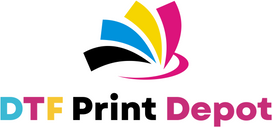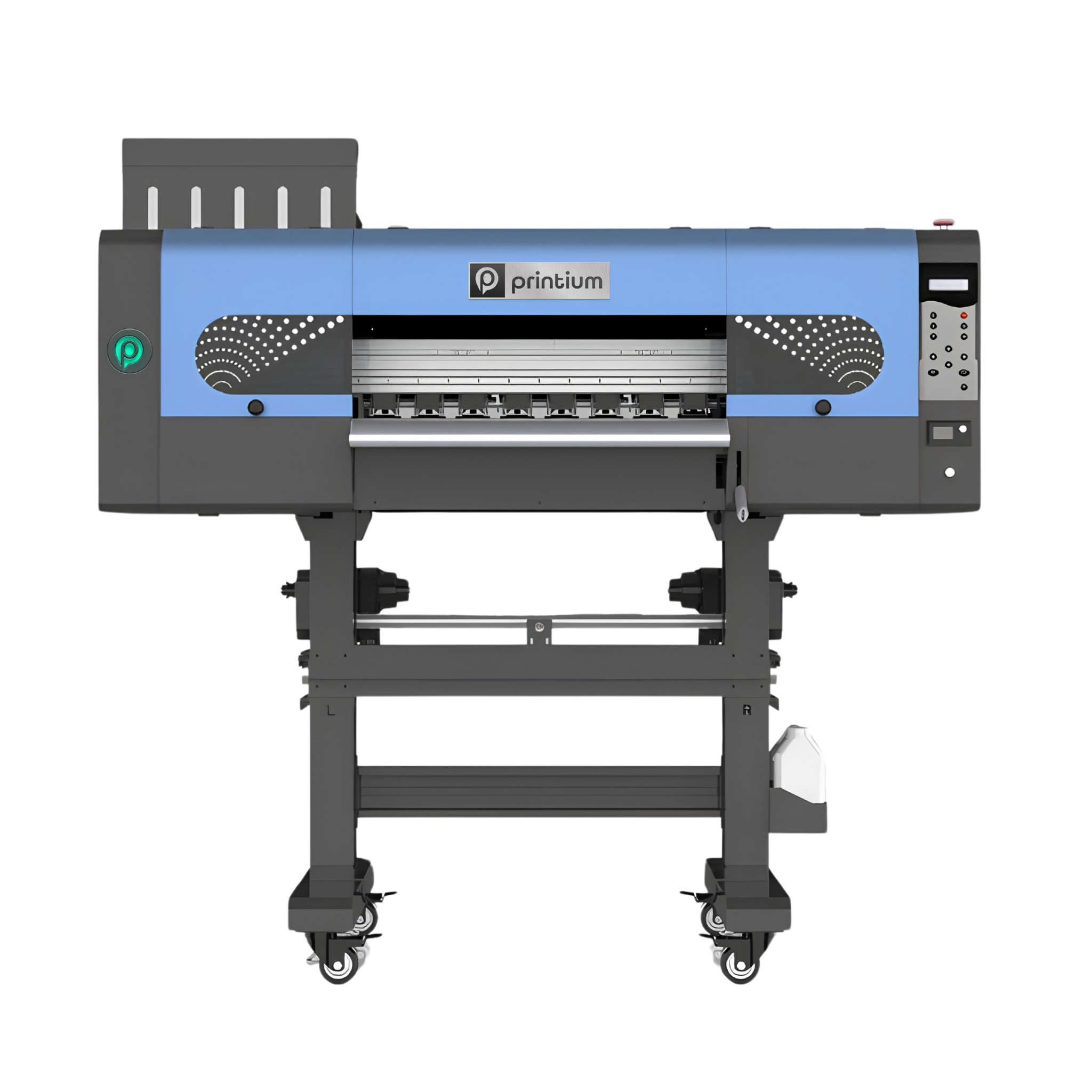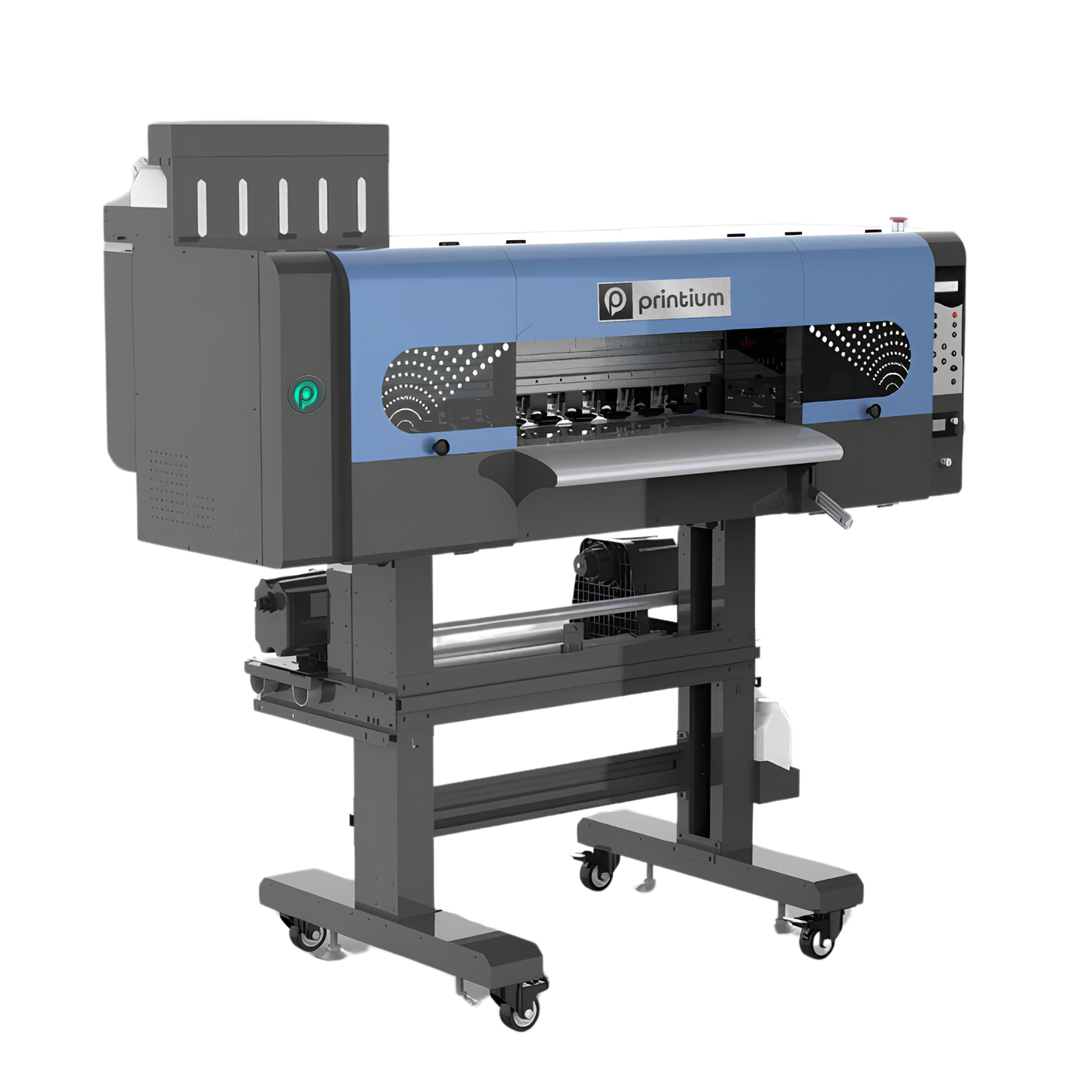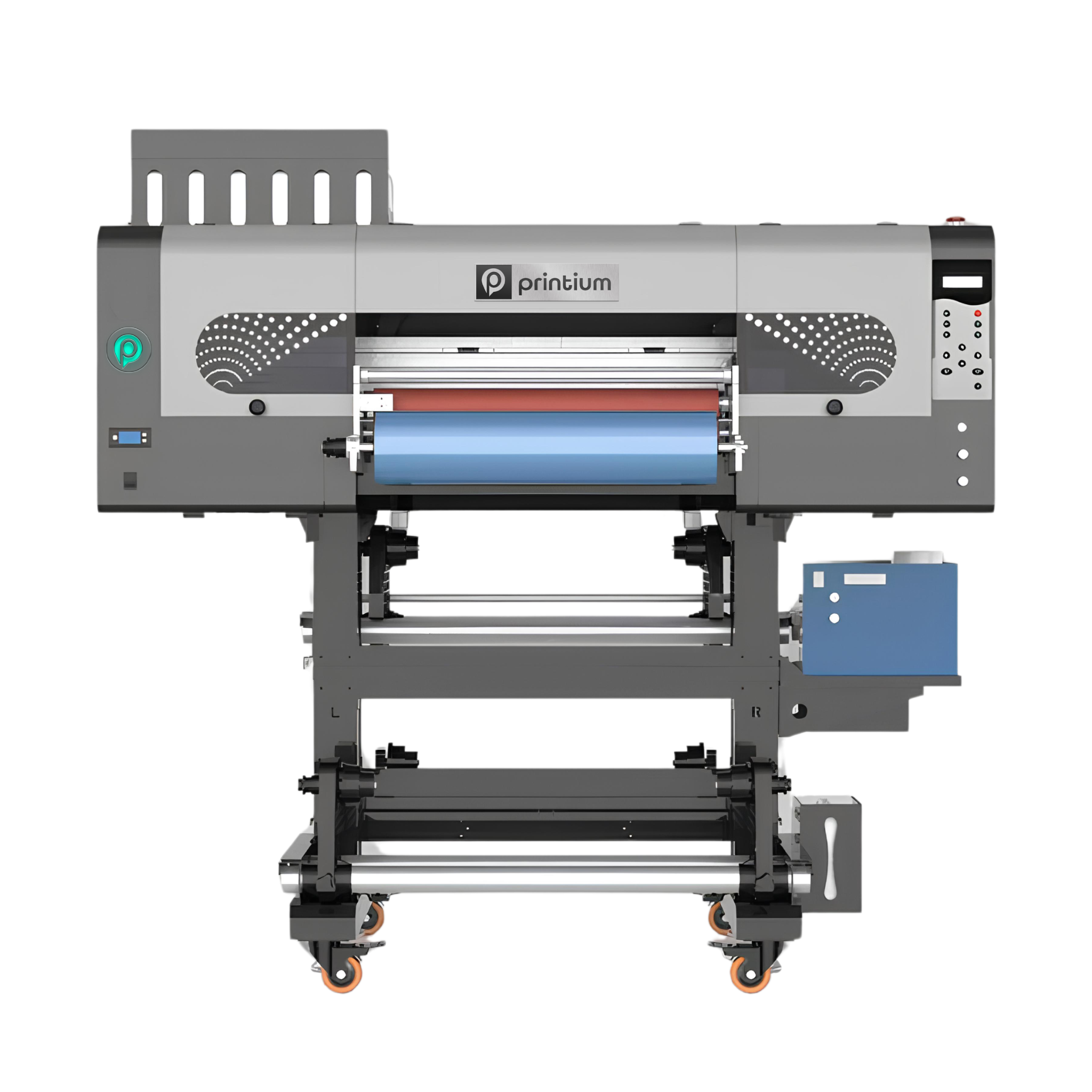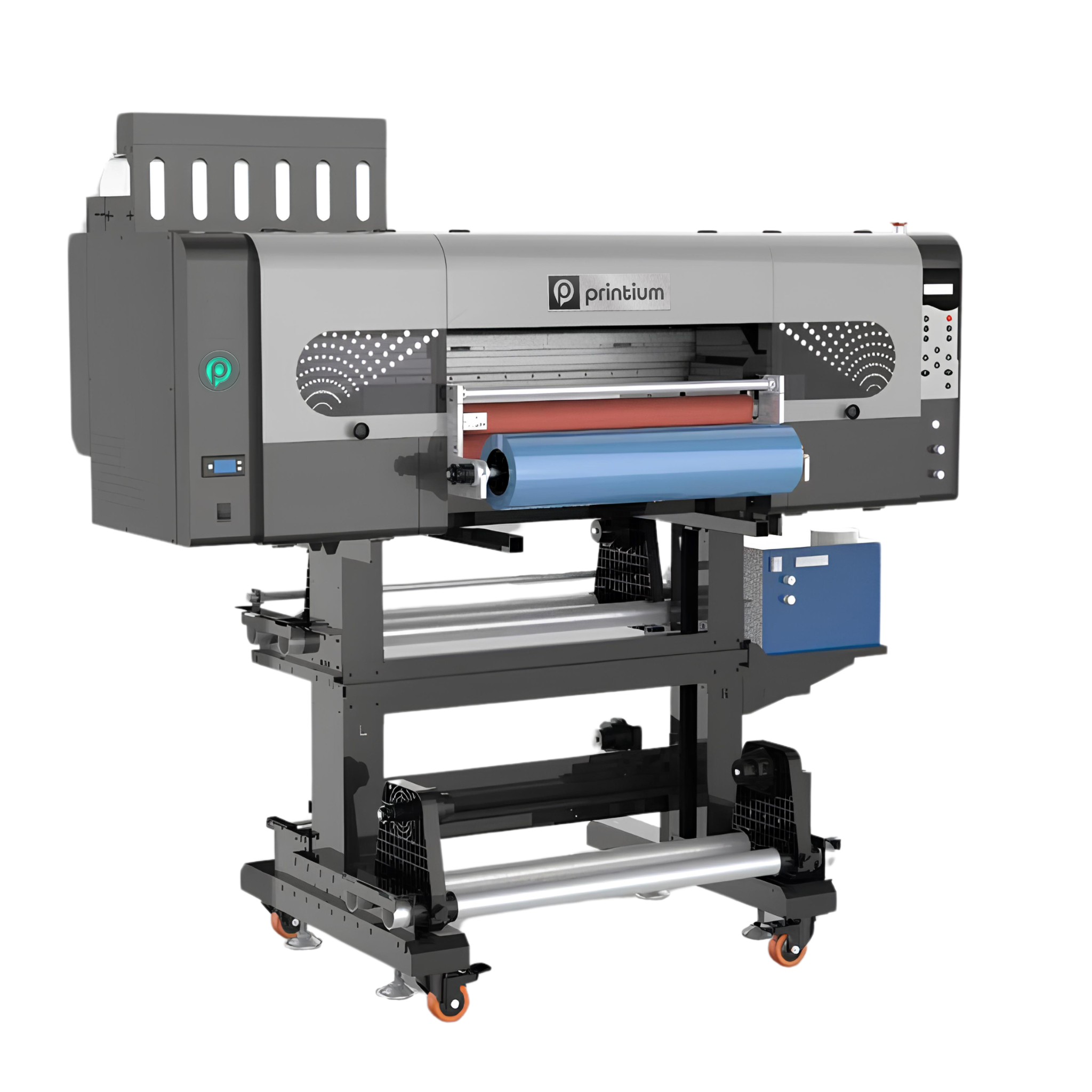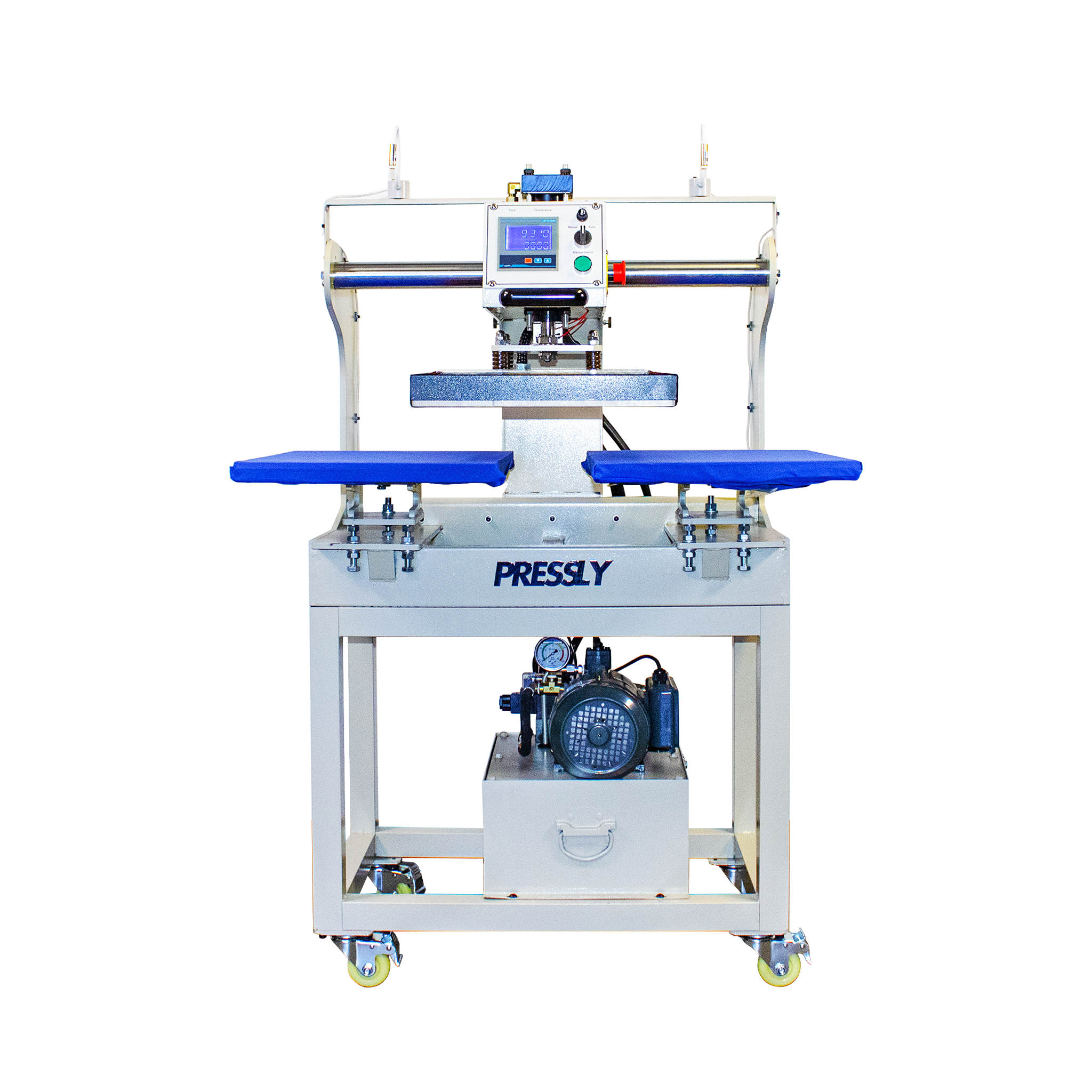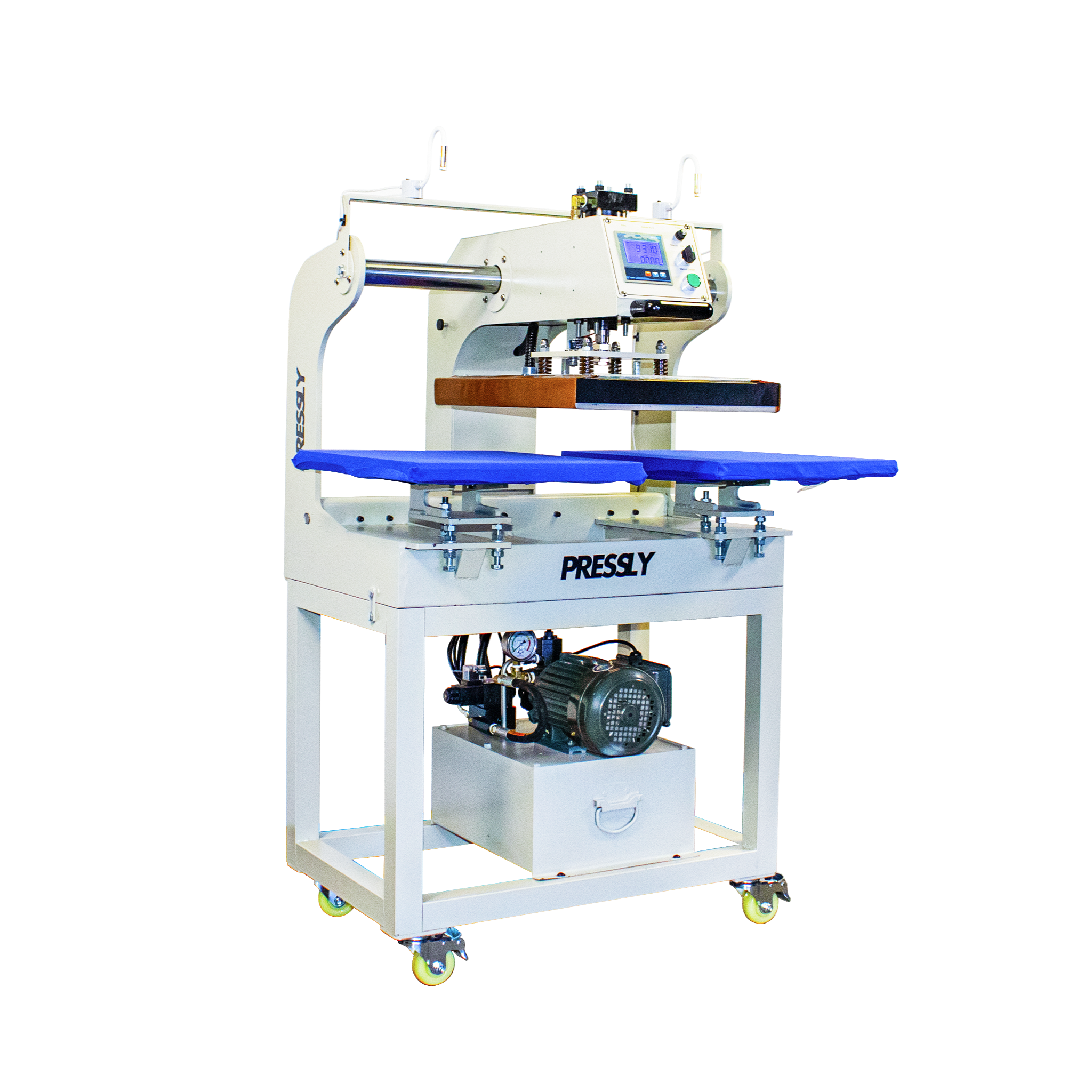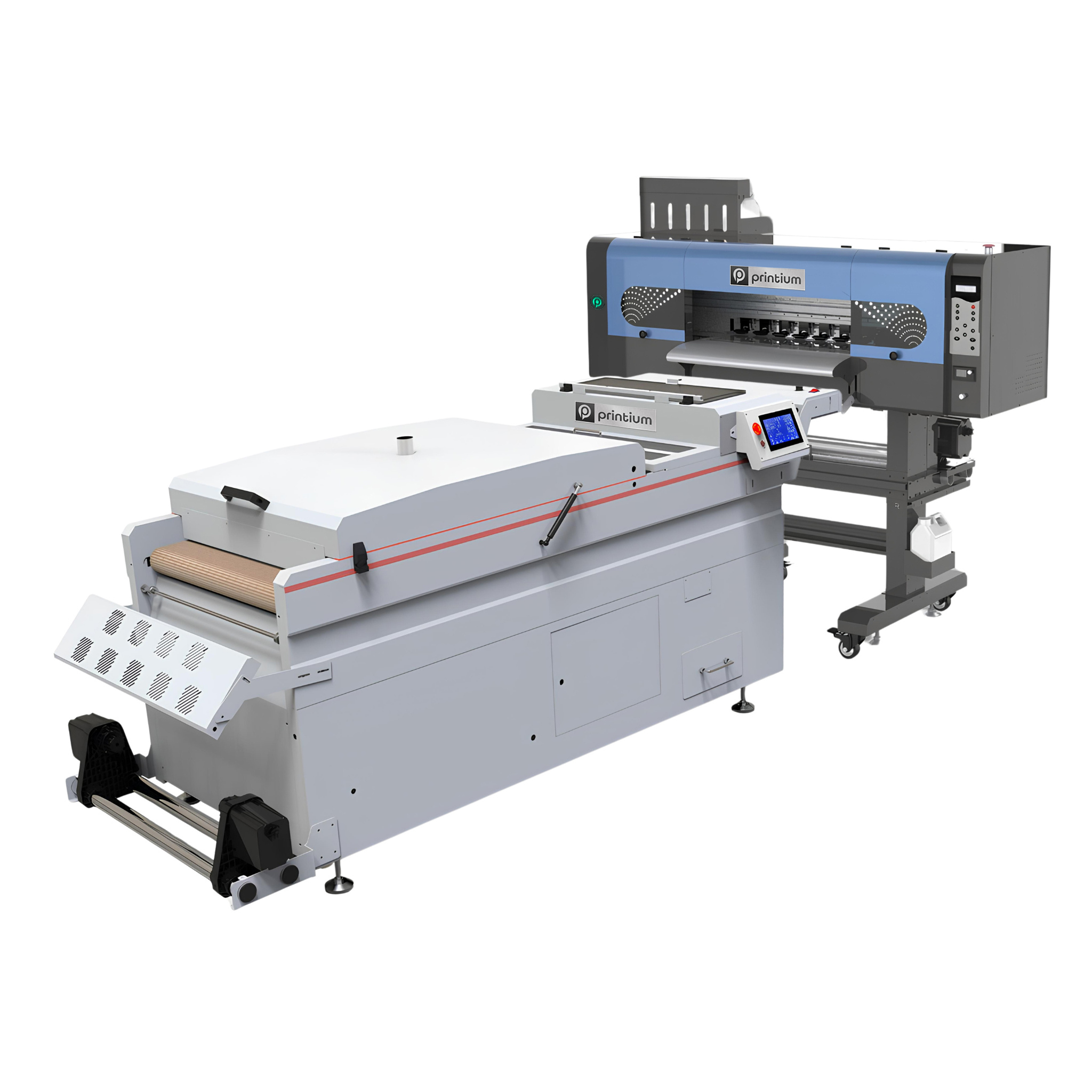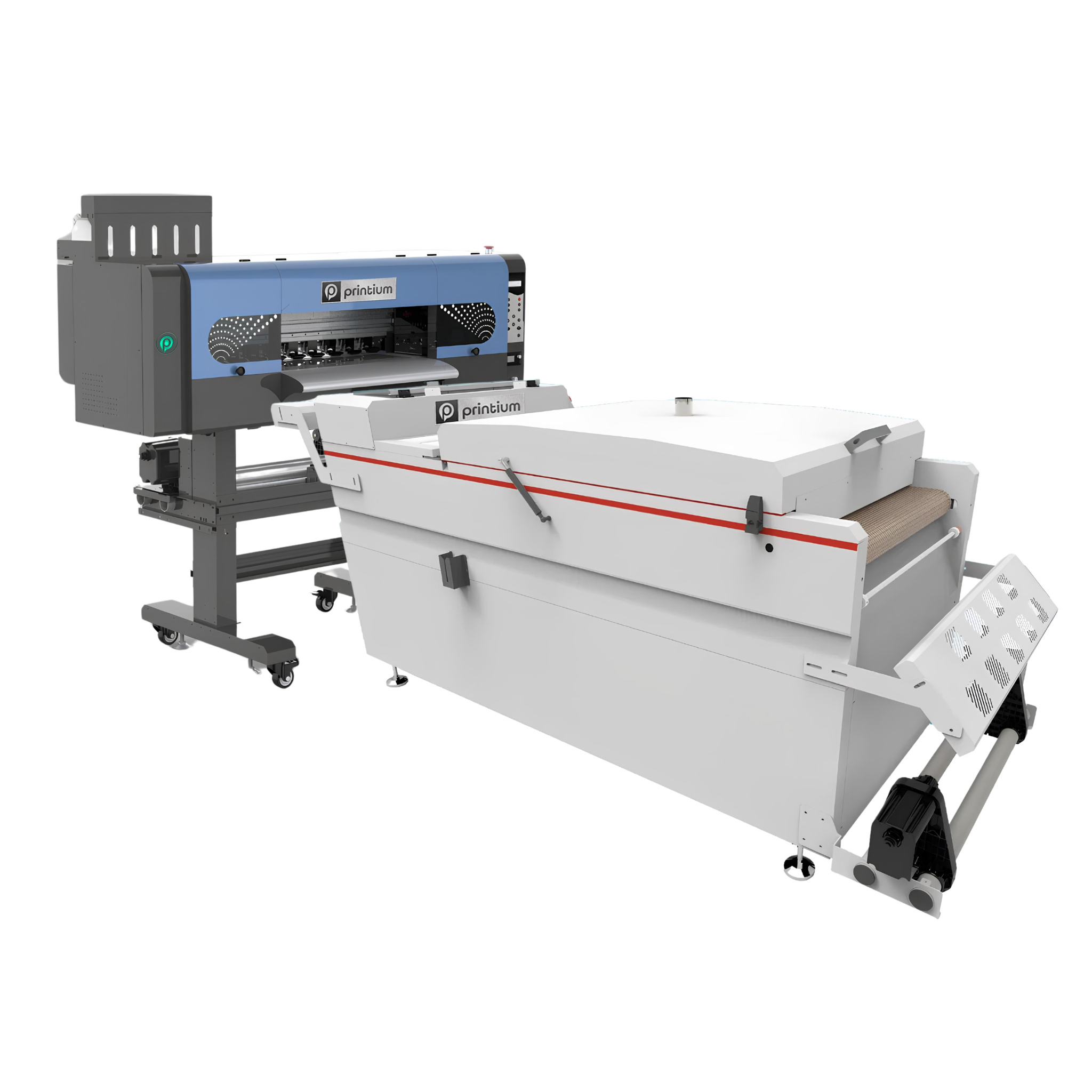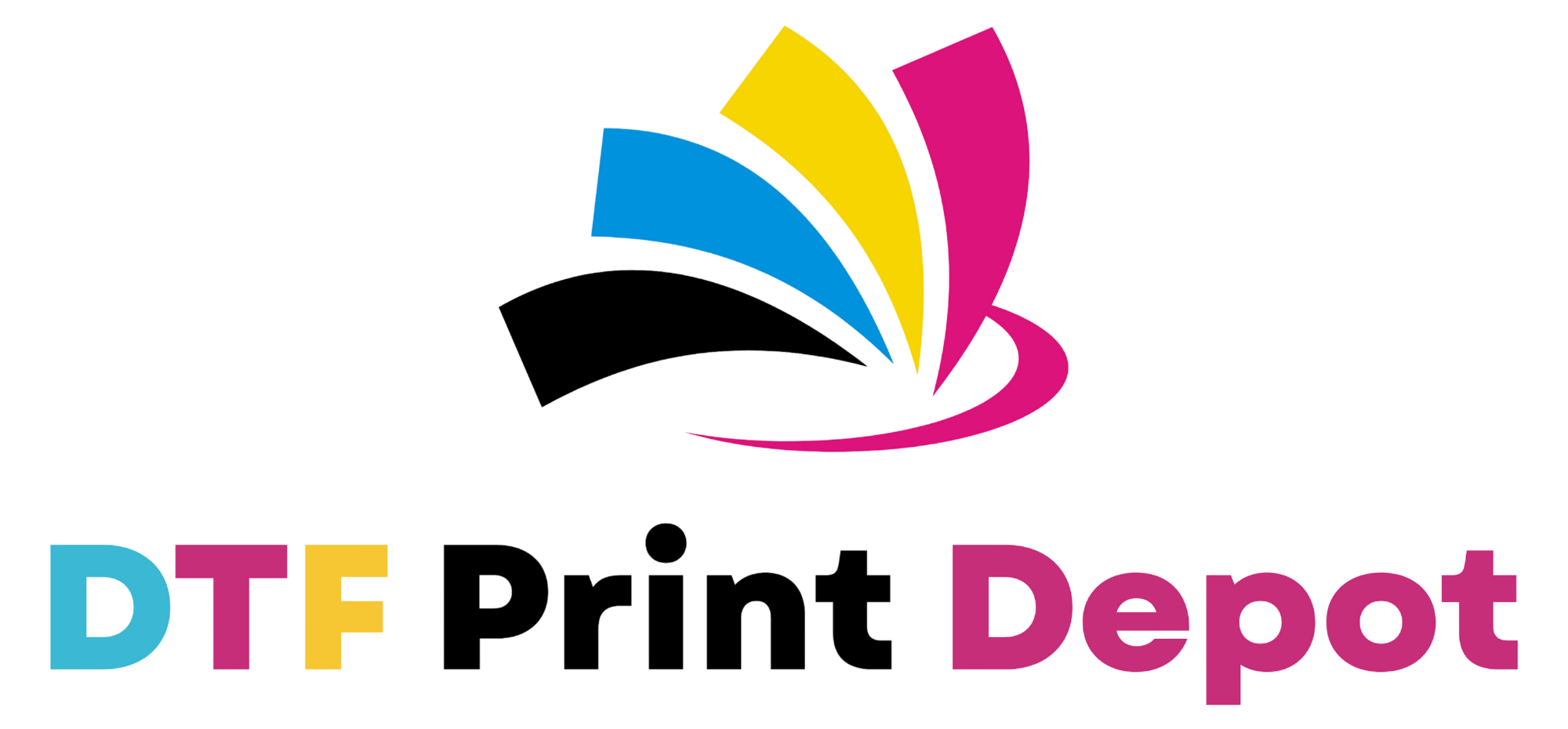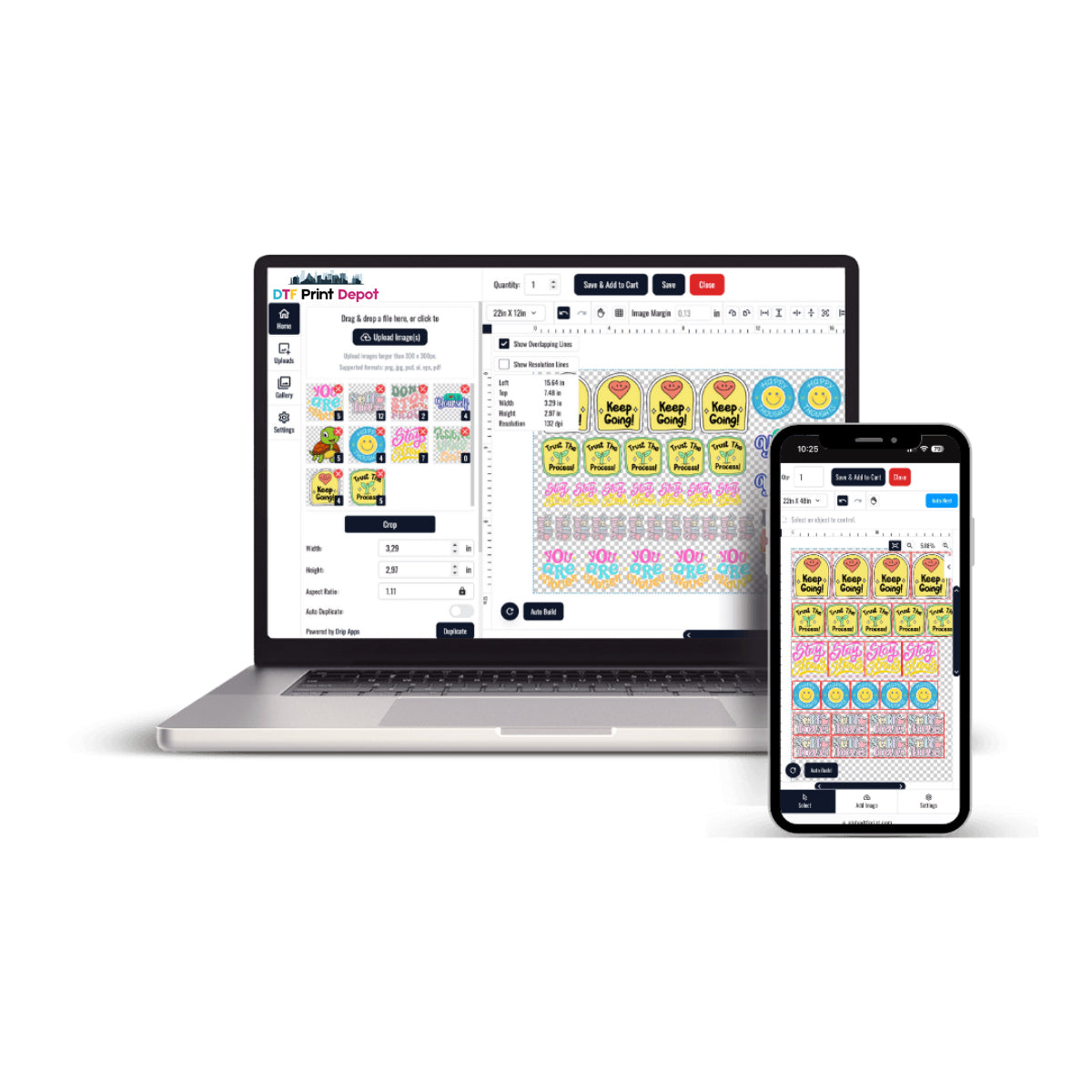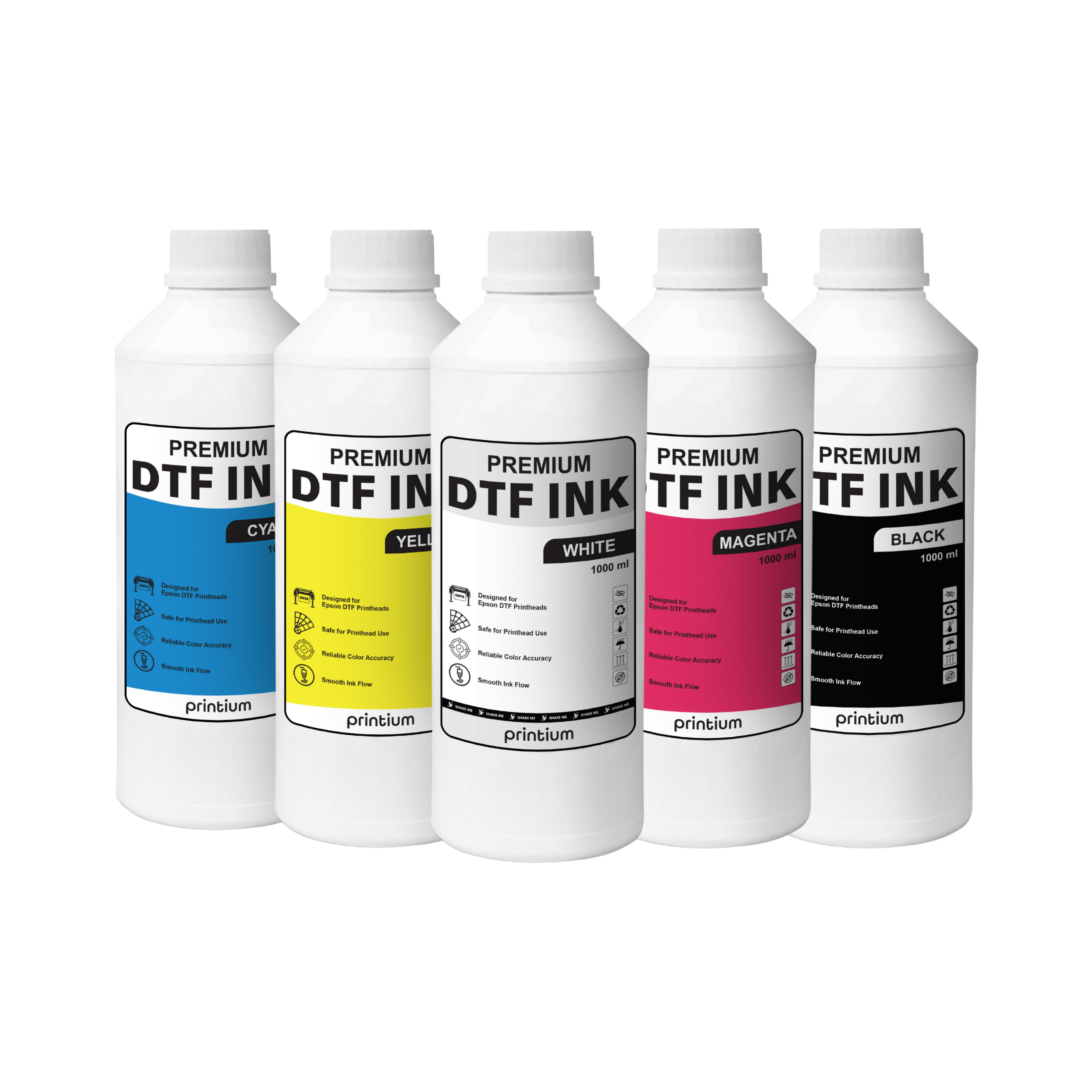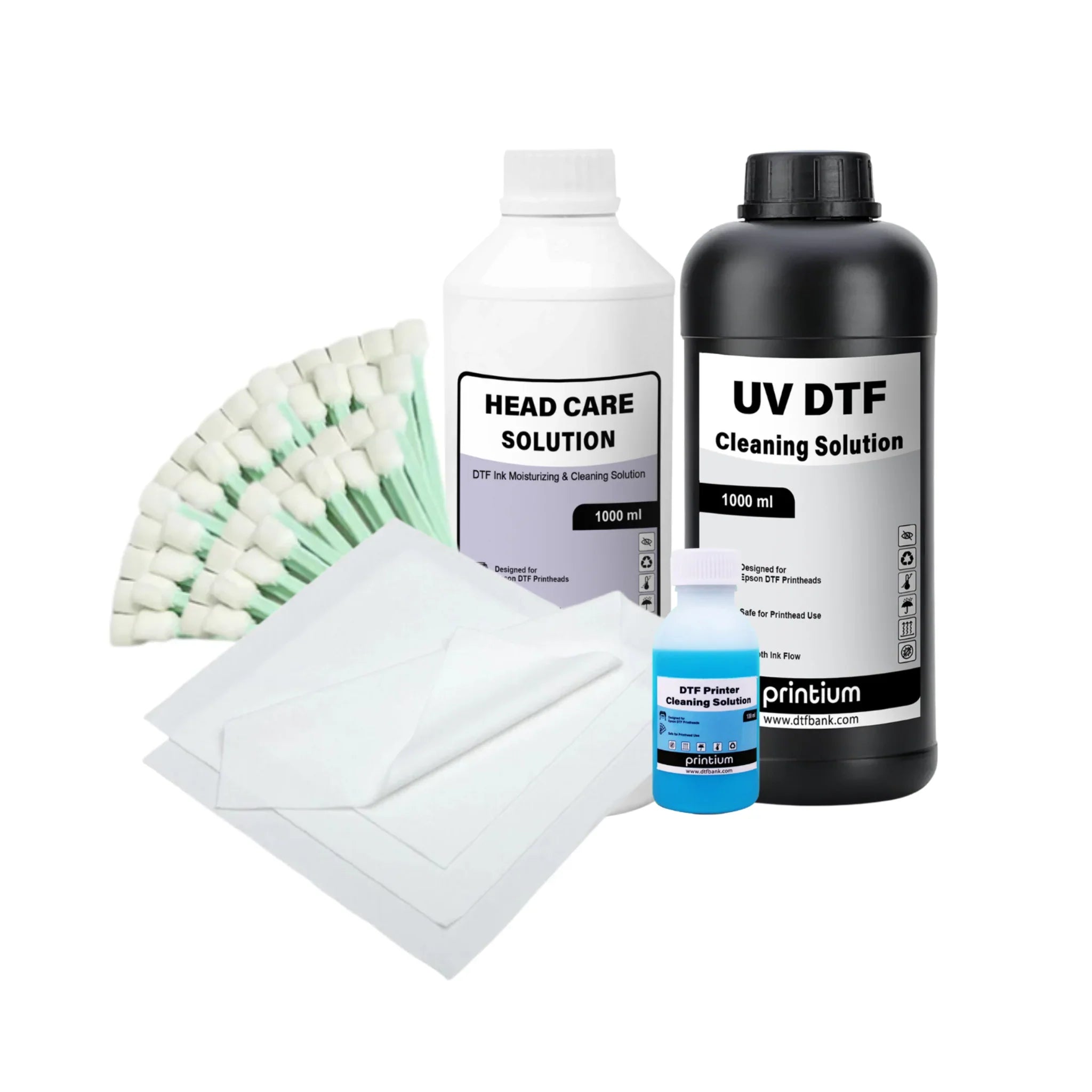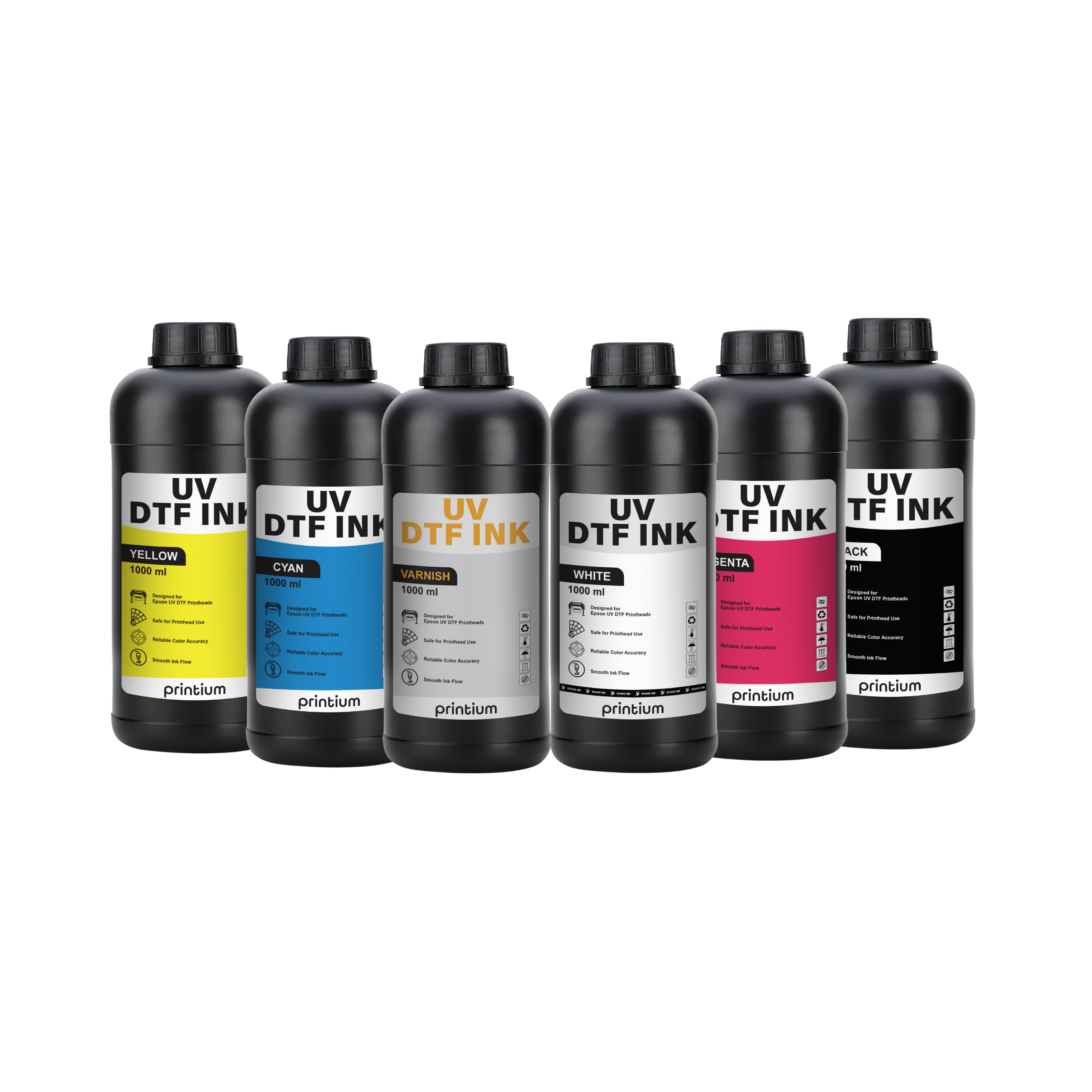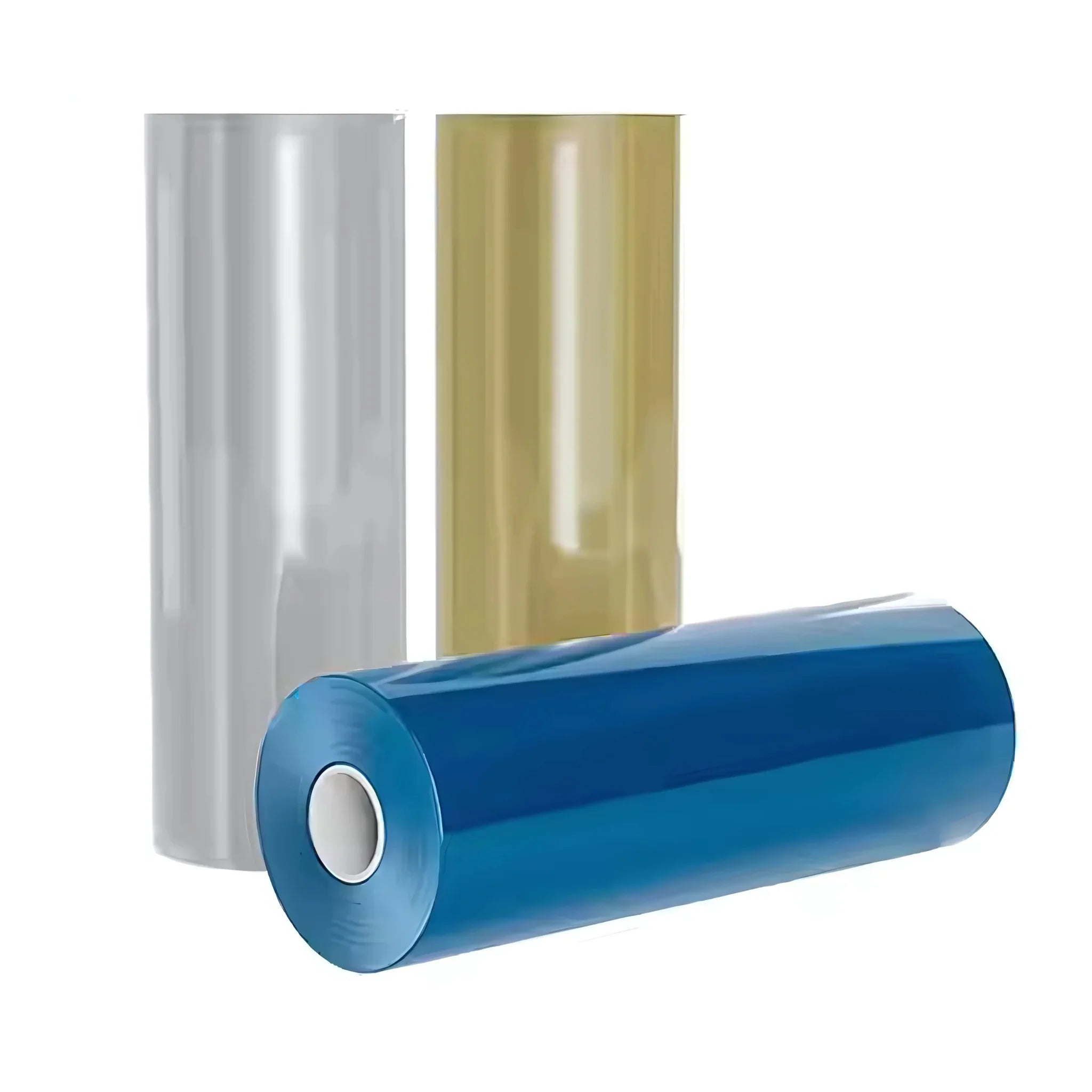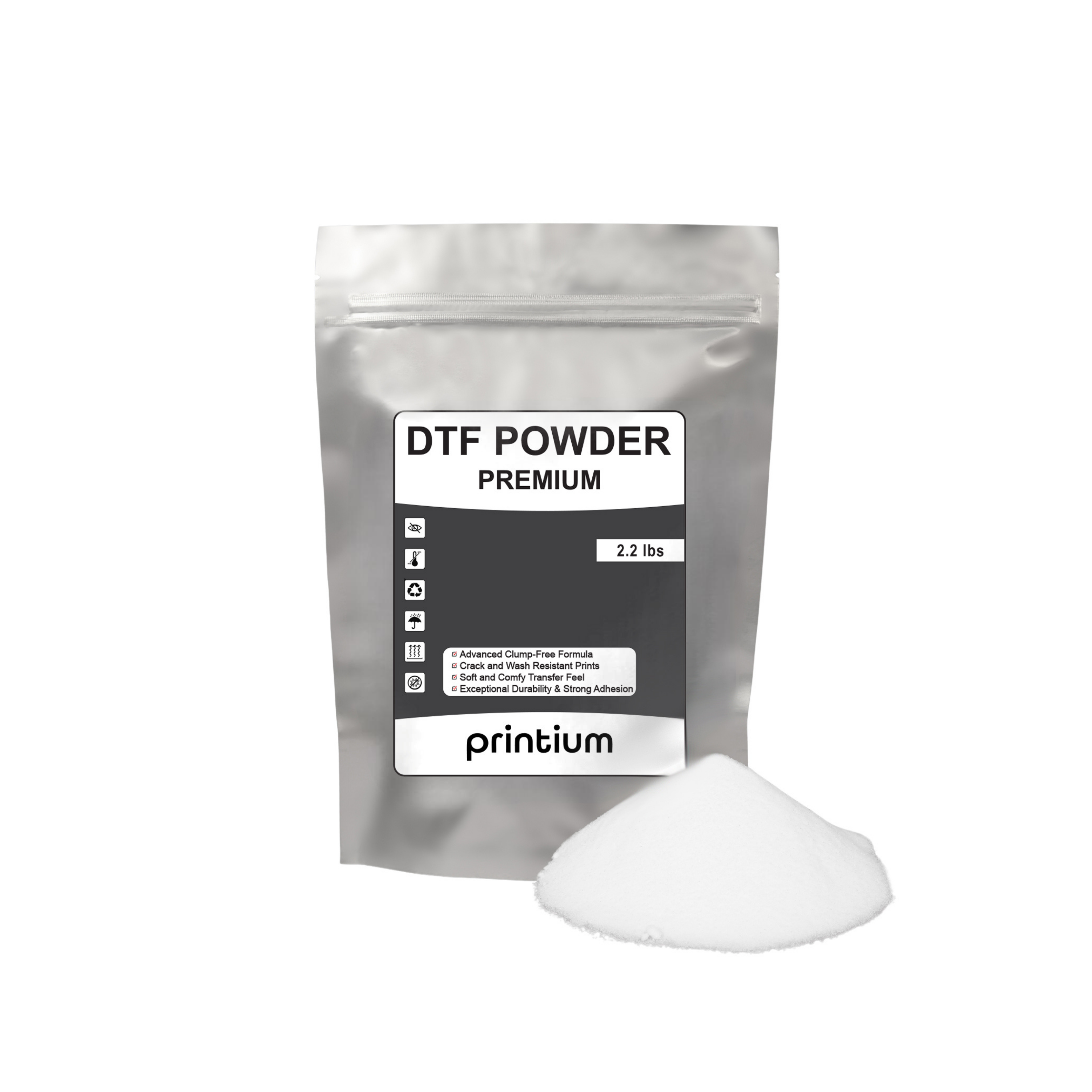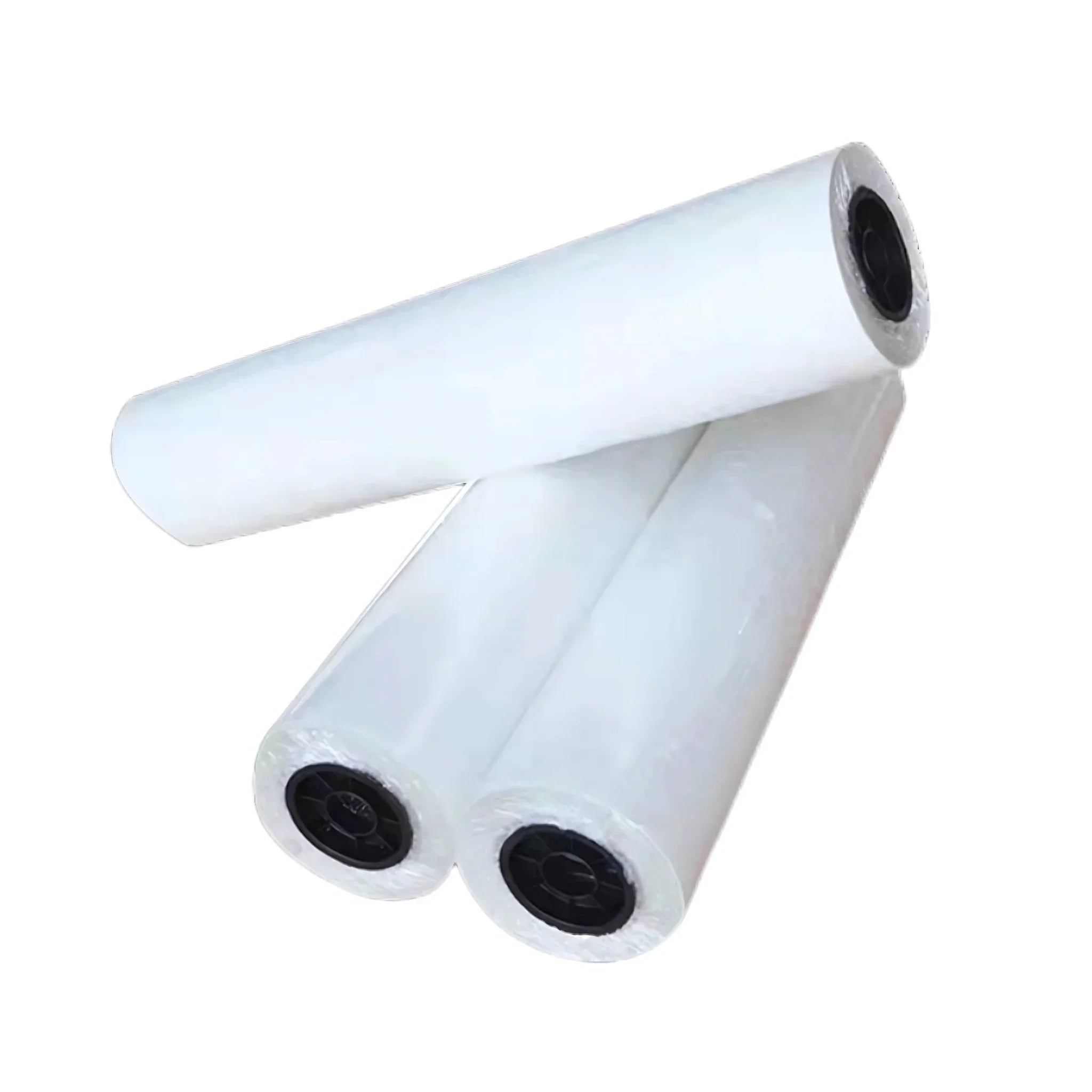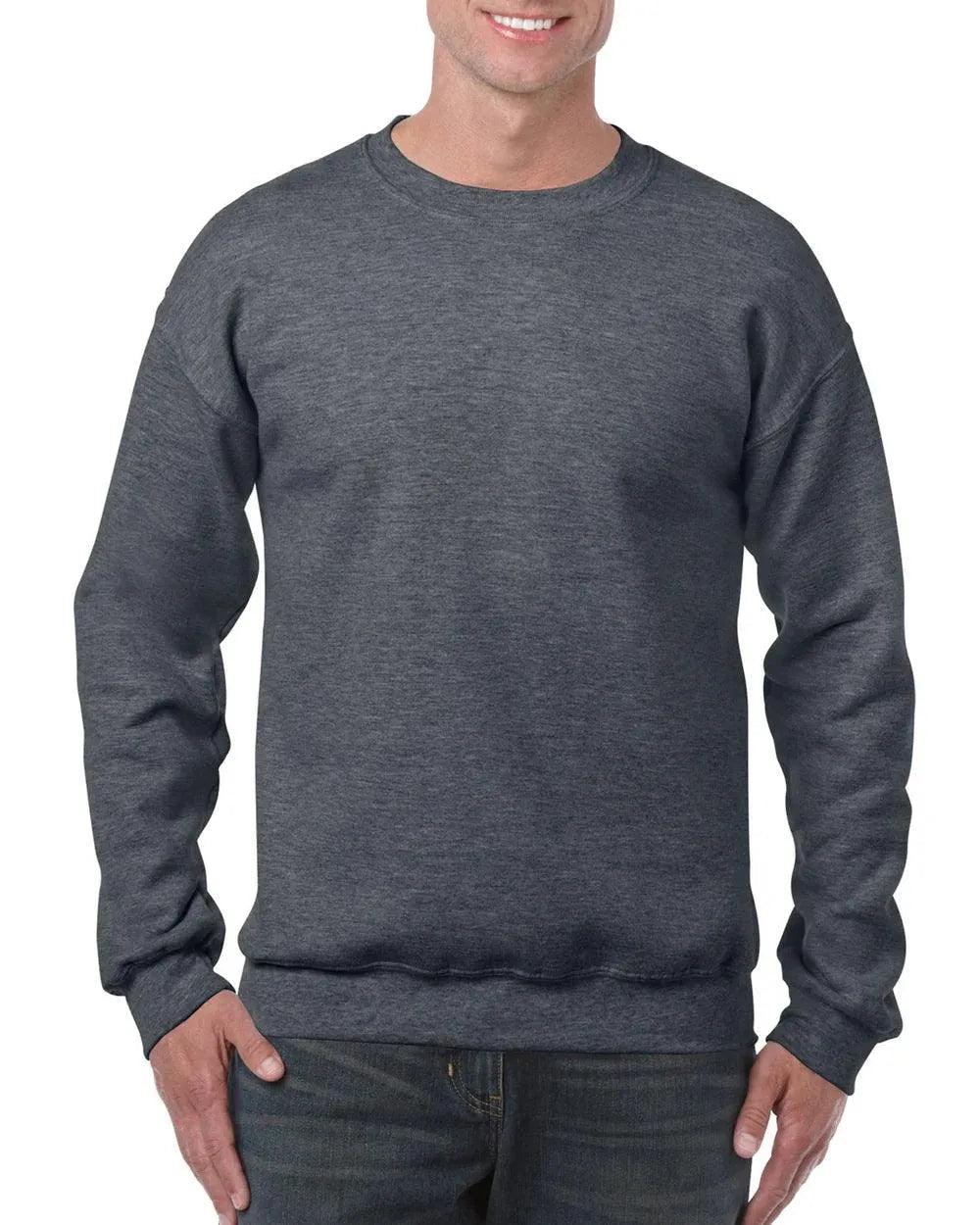Equipment
Filter
Sort by:
Equipment
Equipment for DTF Printing: Your Complete Guide
Introduction to Equipment for DTF Printing
The right equipment is essential for producing high-quality DTF transfers. Choosing the correct tools not only improves print results but also increases efficiency and reduces waste. Whether you are a beginner or running a professional printing business, understanding the necessary equipment is crucial for success in Direct to Film (DTF) printing.
Essential Tools Required to Begin Direct-to-Film Printing
Starting a direct-to-film printing process requires several important tools and devices to ensure quality and efficiency. The most critical piece of equipment is a specialized printer designed to handle both white and color inks. This printer allows you to create detailed and vibrant designs directly onto transfer films, serving as the foundation for the entire printing workflow.
Next, a heat press machine is necessary to cure the printed design and firmly bond it onto the fabric. This device must provide accurate temperature and pressure controls to avoid damaging the material or compromising the adhesion quality. Consistency in these settings is key to achieving professional and long-lasting results.
After printing, the printed film needs to be coated with adhesive powder. To apply this evenly, a powder shaker is used, which spreads the powder uniformly over the print. The powder then requires melting and curing, which is done using a curing oven or similar heating equipment. Proper curing ensures that the adhesive bonds perfectly with both the print and the fabric, guaranteeing durability and wash resistance.
The transfer films themselves are specially manufactured to receive and hold the ink designs. They must have specific properties that allow for easy peeling and flawless transfer onto various textiles, including cotton, polyester, and blended fabrics.
Lastly, high-quality inks are essential for producing vivid, long-lasting prints. Both white and color inks formulated for this process provide excellent opacity and vibrant color reproduction. Using the right inks ensures that your prints remain bright and durable even after multiple washes.
Together, these tools form the backbone of a successful direct-to-film printing setup, allowing you to create customized textile products with professional finish and reliability.
Equipment Why Matters
Using high-quality and compatible equipment helps avoid common printing issues such as poor adhesion, fading, or cracking. Investing in reliable machines ensures consistent output and reduces downtime caused by equipment failures.
How to Choose the Right
When selecting your DTF , consider factors such as budget, production volume, fabric compatibility, and ease of maintenance. Entry-level machines are suitable for small businesses or hobbyists, while commercial-grade printers and heat presses are designed for larger-scale production.
Maintenance Tips for Your Printing and Heat Press Machines
Regular upkeep of your printing and heat press machines is essential to keep them running efficiently and to produce consistent, high-quality prints. One of the most important tasks is to clean the printheads frequently. This prevents clogging and ensures that ink flows smoothly during printing, which helps maintain vibrant colors and sharp details.
It’s also important to monitor ink levels carefully. Running a print job with low ink can cause streaks or incomplete prints, which wastes materials and time. Keeping spare ink cartridges on hand ensures you won’t experience unexpected interruptions during production.
Temperature calibration should be done regularly as well. Heat presses need precise temperature settings to properly bond designs onto fabrics without damaging the material. Using a reliable temperature gun can help verify that your machine’s display matches the actual temperature, preventing over- or under-heating.
Don’t forget about the curing that melts adhesive powders on transfers. Keeping these ovens clean and well-maintained ensures even heating, which is critical for durable, long-lasting prints. Similarly, powder shakers should be checked and cleaned to avoid clogs or uneven powder application.
Routine inspections and servicing not only extend the lifespan of your machines but also reduce downtime and costly repairs. Following a maintenance schedule tailored to your production volume will help keep your printing workflow smooth and reliable.
